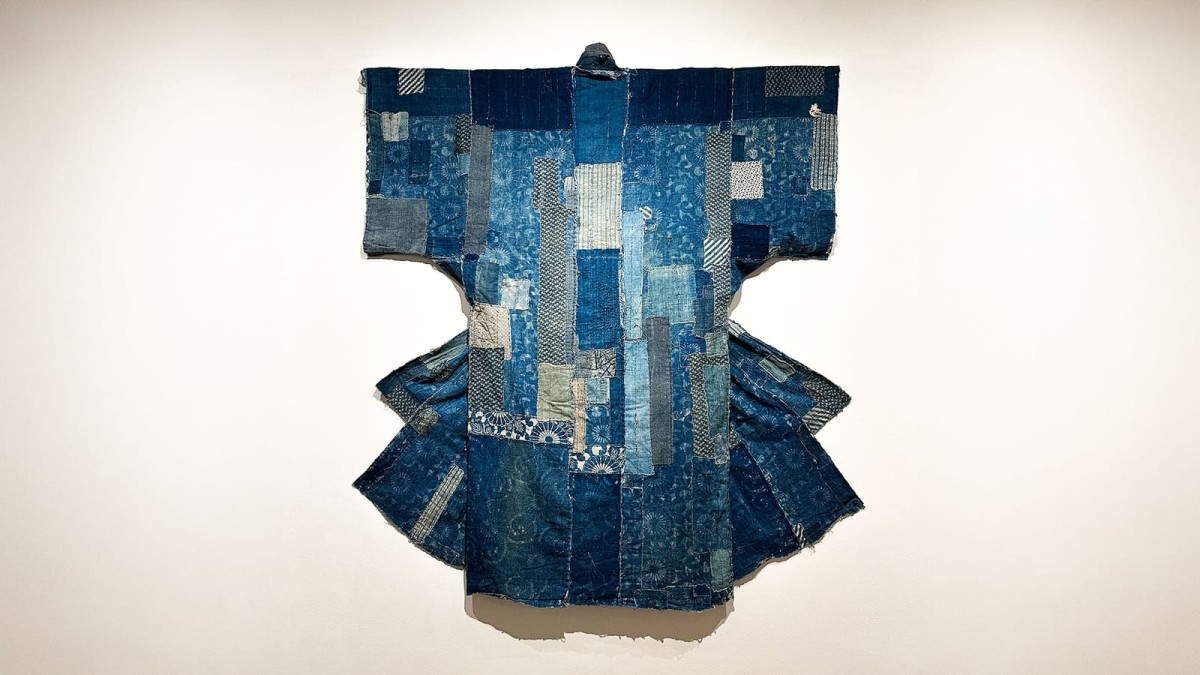When I’m asked about my interest in craftsmanship, especially that of Japan, I explain that at its core is the fact that circular principles are inherently baked in. Modern designers rightly focus on using sustainable materials, reducing waste, ensuring repairability, and promoting recycling. Japanese crafts go beyond this, intertwining material sustainability with social systems and the passing down of knowledge. Let me explain.
Thank you Leanne Cloudsdale from Concrete Communities for organising the visit to Vitsœ and to its CEO Mark Adams for welcoming us. Read more about Vitsœ’s history and Dieter Rams’ ‘Ten principles for good design’.
Like the content of The Craftsman? Share it with a friend! You can support my work by offering me a virtual coffee ☕️
つづく
Read more…


Comments